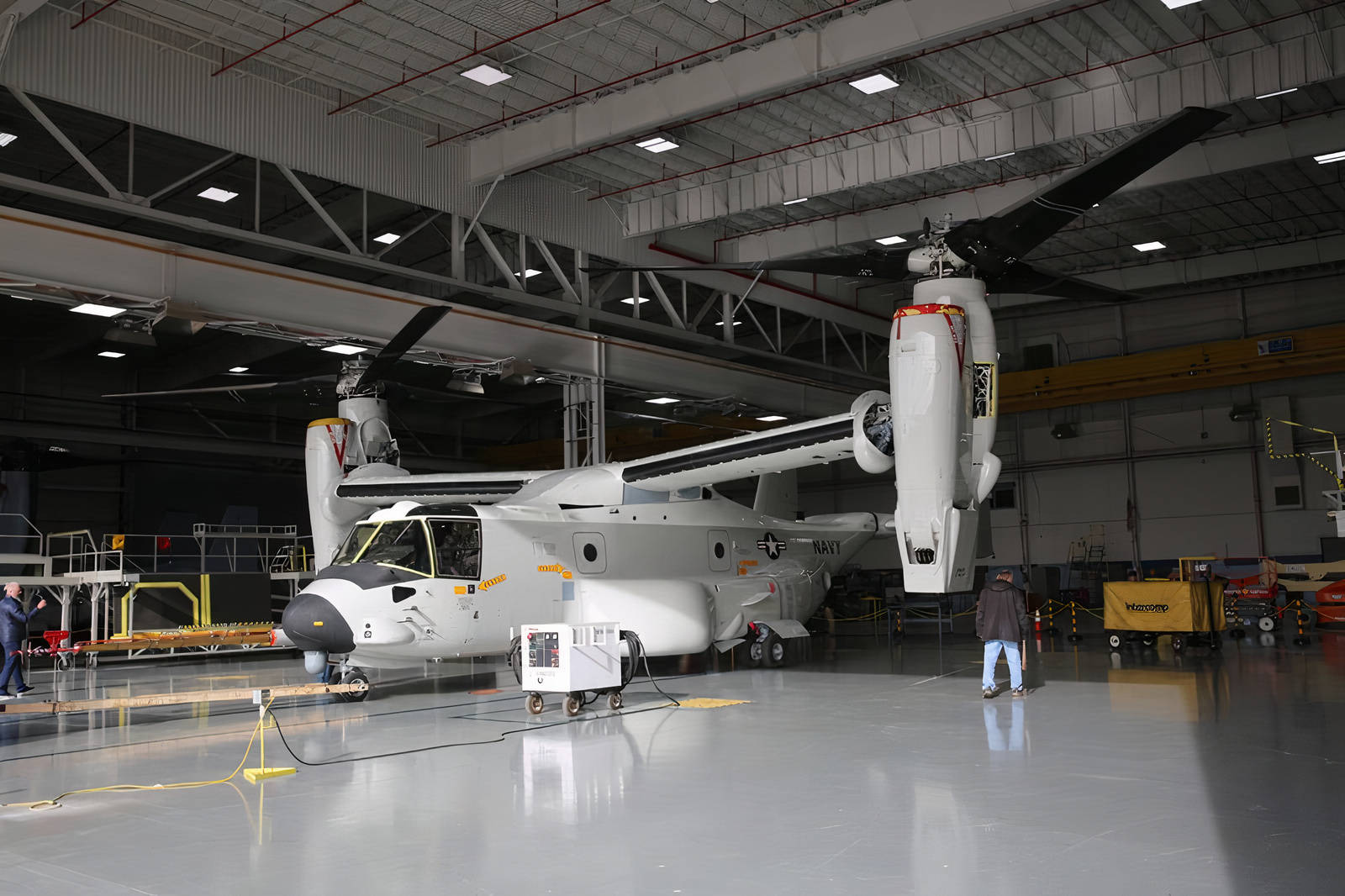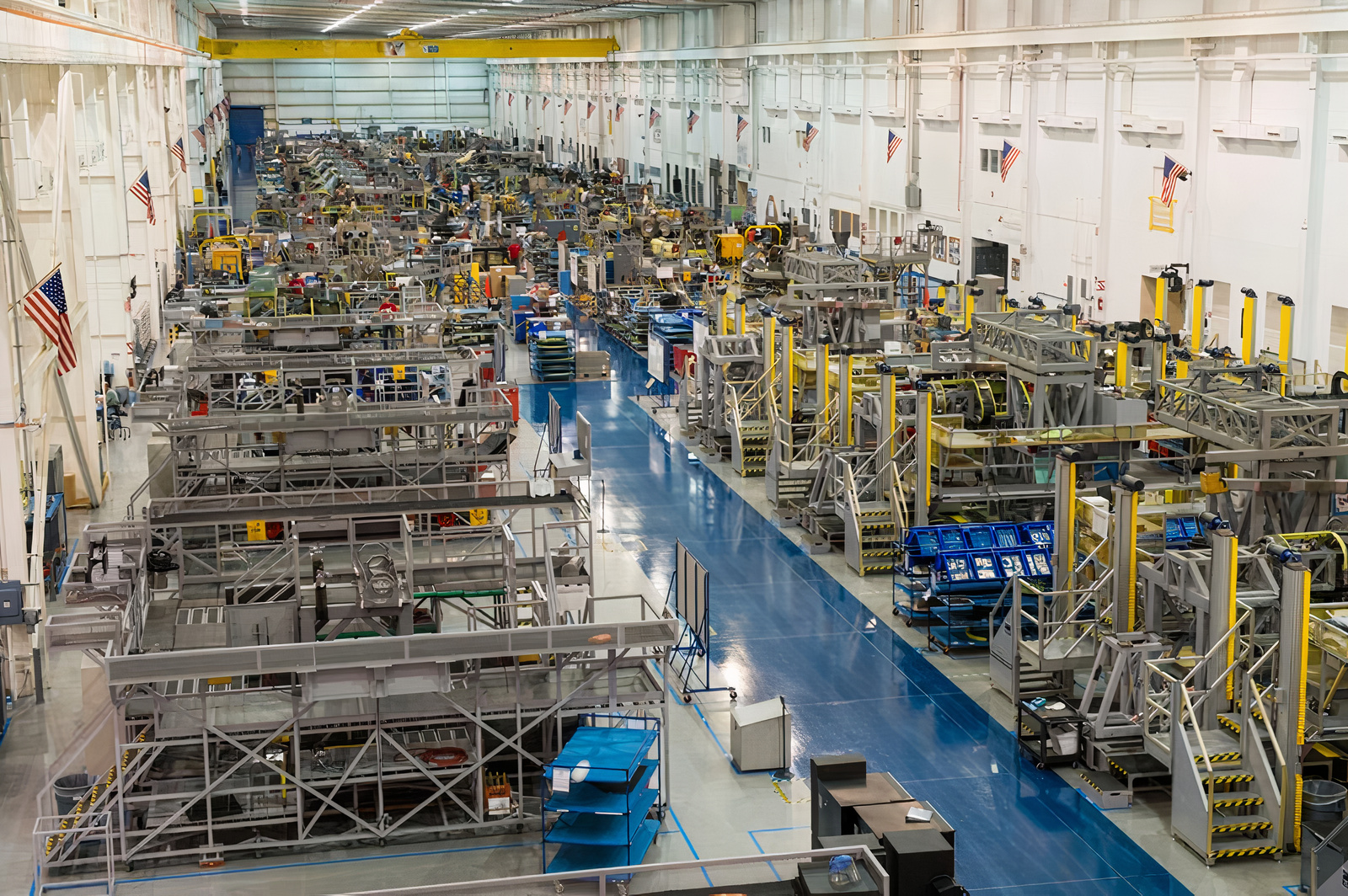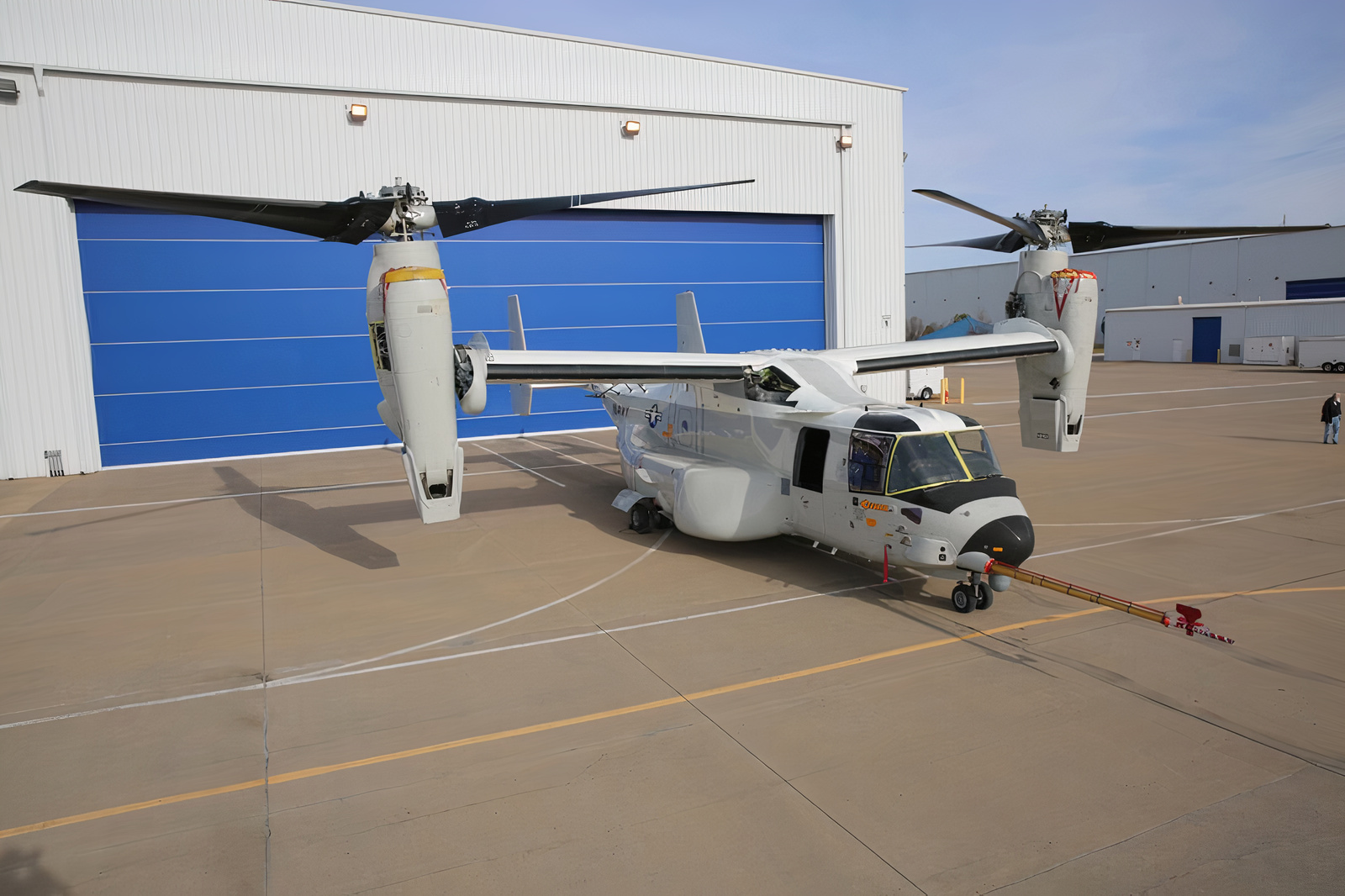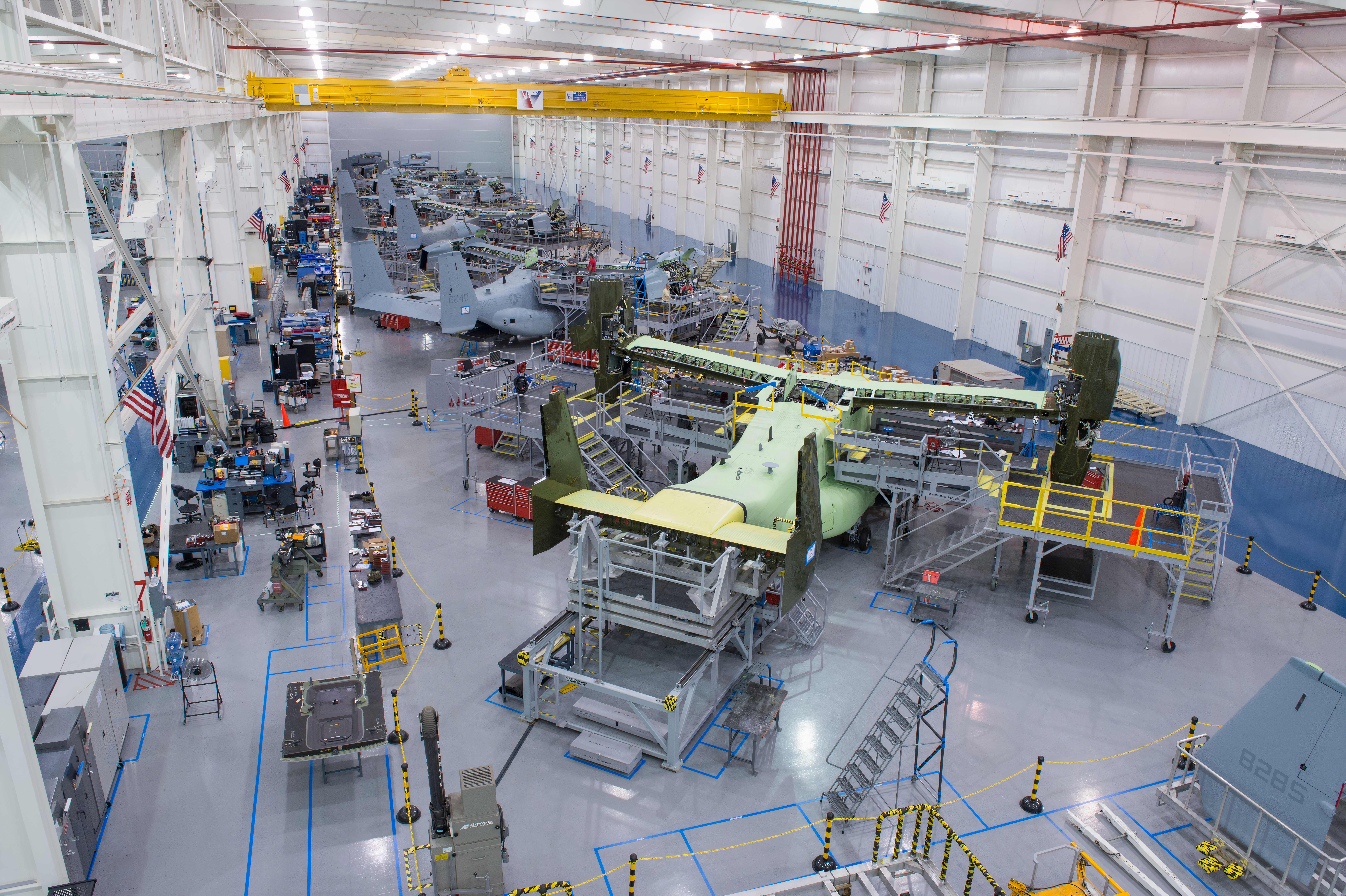With a war raging in Ukraine and the threat of conflict over Taiwan, a shift from a peacetime mindset for the U.S. military and the defense ecosystem of the United States is crucial.
I have just returned from Australia, where the government has launched a strategic review built around the core belief that the warning time for war is much reduced and Australia faces significant threats from 21st-century authoritarian powers. This means the ADF must refocus and ramp up capabilities in the near to mid-term. How to do so in not as clear, when it is obvious from the supply shortfalls from the war in Ukraine that the West does not have the arsenal of democracy it once had.
For the U.S. Navy, there is no shortcut to building more hulls; but they can focus on enablers that provide enhanced lethality and survivability for the fleet.
The Navy has focused upon distributed maritime operations as a core way ahead to do both, but a distributed fleet in contested operations faces a significant sustainability and logistics challenge – how to ensure the fleet does not go “Winchester” on weapons and supplies during conflict?
The decision to shift from a fixed-wing aircraft to a tiltrotor one and to buy it in numbers designed for peacetime operations of the traditional carrier task forces provides a foundation for ramping up fleet support.
The CMV-22B, unlike the C-2A, is a fleet support asset, not simply a large deck carrier support asset.
The fleet seen as mobile bases – for this is what seabases are – faces a significant future as part of a distributed joint force to shape congruent strike capability for enhanced lethality. This means not only does the fleet need to operate differently in terms of its own distributed operations, but also as part of modular task forces that include air and ground elements in providing for the offensive-defensive enterprise which can hold adversaries at risk and prevail in conflict.
The CMV-22B can operate across the distributed combat chessboard.
And because the Marines have deployed the MV-22B for decades, there is a very robust operational and sustainment expertise already in the fleet. What this means now is as the CMV-22B works to deliver core carrier logistics needs, it can operate as well across the fleet. It can be maintained in large part on non-carrier vessels as well as the large-deck carriers.
With the challenge of supplying the fleet from military sealift command ships at sea in contested operations, the aircraft’s role expands to support emerging logistical needs. The CMV-22B has unique capabilities in terms of speed and range which allow it to fill in a combat support gap in such situations.
It would seem the U.S. Navy then needs to up its buy of its initial order of 48 CMV-22Bs (44 of the program of record 48 have been ordered to date) which was based on a peacetime deployment projection.
But there is a significant catch to such a prospect – the production line is facing a shutdown in the next couple of years.
When the production line shuts down, the significant supplier base will trim down as well to a level to sustain extant aircraft. And if the Navy were to decide after the shutdown to ramp up production, delays would be inevitable and costs significant to re-establish an effective supply chain and production line for a new build CMV-22B.
In other words, the Navy faces a key strategic decision.
Will it leave a very predictable contested logistics gap for the fleet?
Or will it close that gap by ramping up its buy of CMV-22Bs with a hot production line in place?
I had a chance to discuss these tradeoffs with Kurt Fuller, Vice President, and V-22 Program Director at Bell Textron Inc. He has been with the Osprey program from the beginning (January 2002 to be precise) and except for a couple of years working on another program, he is a key part of what the Marines have called from the beginning the “Osprey Nation.”
Any discussion of production and supply chain issues on a specific defense platform must be placed firmly into the understanding of the realities of supply chain shortfalls. In addition to the supply chain, we must consider more broadly the macro-economy and the shortfalls in the skill levels necessary to man those supply chains to ensure production success.
In other words, any consideration of disrupting production with a hope of starting again in a few years must consider a macro-economy in significant downturn and transition. The margin for maneuver in the supply chain area is much reduced compared to the pre-pandemic years.
Fuller noted that the current supply chain consists of “over 500 suppliers across 44 states and north of 27,000 employees.” Keeping this supply chain alive through new production CMV-22Bs also provides a lower cost for the sustainment of the extant fleet of over 400 operational aircraft. So, a ramp up in the buy of the Navy variant will have significant knock-on consequences for the entire operational fleet of Ospreys as well.
If there is a production line shut down, then suppliers downsize for the much lower demand side of sustainability of the extant fleet.
And some of these suppliers will leave the Osprey community, as will the small businesses which work with the Osprey production ecosystem, and go elsewhere to look for profitable work. And along with that, there will be an atrophy of the learning skills already built into the Osprey supply chain and production process driven by having a hot production line.
With the current production process, according to Fuller, it takes three years from order to delivery for an Osprey. This means if the Navy needs the short to mid-term ramp up in fleet support capabilities which the CMV-22B represents then the future is now.
It also must be realized this is a complex aircraft and mastering production has been a historically unprecedented achievement. I can remember back to 2007 when I saw my first Ospreys on the tarmac at 2nd Marine Air Wing at New River Air Station, that in those early days keeping the Ospreys operational was challenging.
And when I visited Bell in Fort Worth at the request of Lt. General Trautman, then Deputy Commandant of Aviation, I remembered quite clearly the “supply management” center. On the wall were photos and drawings of parts and under those graphics was the number ordered and who was building them.
To go from that to the enterprise one can see today when visiting the factories that build out the Osprey is a significant statement about American industrial prowess.
But not leveraging this prowess while it is in place – and again it must be realized no other industrial nation has built such an aircraft – would represent a missed opportunity.
I asked Fuller about the challenge to turn an MV-22B into a CMV-22B.
The main difference between the two is with regard to its fuel tank and range. According to Fuller, there were “a number of nuanced changes or differences that were worked through. But we were able to design the modifications pretty rapidly. I think it is reflected in that the Navy has deployed their first CMV-22Bs within one year of receiving their first fleet aircraft.”
He added: “we took advantage of as much of the supply chain, the tooling, the manufacturing infrastructure and manufacturing flow already in place as we could in order to keep the cost down for the Navy and get the CMV-22B to the fleet rapidly.”
So how many Navy platforms have been operational within a year of delivery to the fleet?
And how many platforms does the Navy have that leverage a joint force extant capability?
The synergies between the Navy and the USMC in this area are obvious, in terms of operating and maintenance knowledge.
But as I have argued in my co-authored book on the maritime kill web, reimagining how to use amphibious ships is a key part of reworking fleet operations.
And certainly, the Osprey is part of that re-imaging.
And this means in part if a CMV-22B needs some maintenance help it does not have to land on a carrier or an ashore Navy maintenance facility. It certainly can land on ships that have historically been called amphibious ships as well.
In short, the CMV-22B brings to the fleet new sustainment capabilities, up to and including providing for contested logistics at distance, such as in the Pacific.
As Fuller put it: “The CMV-22B adds significant agility to how the Navy can deliver its sustainment efforts for the fleet.
“They can take supplies point-to-point versus going to a central hub and then distributing supplies to the rest of the fleet.”
Featured photos of the production line and of the CMV-22Bs are credited to Bell and to Mike Mason and Dayna Bayne.
Also, see the following:






